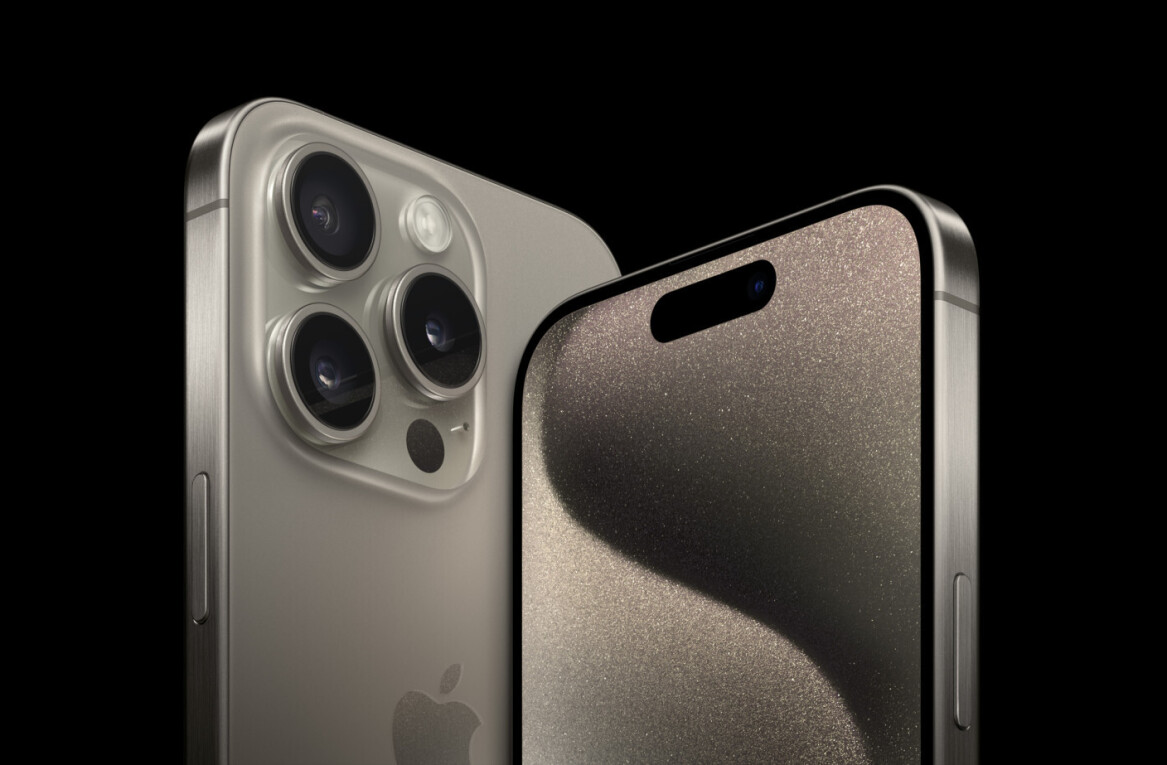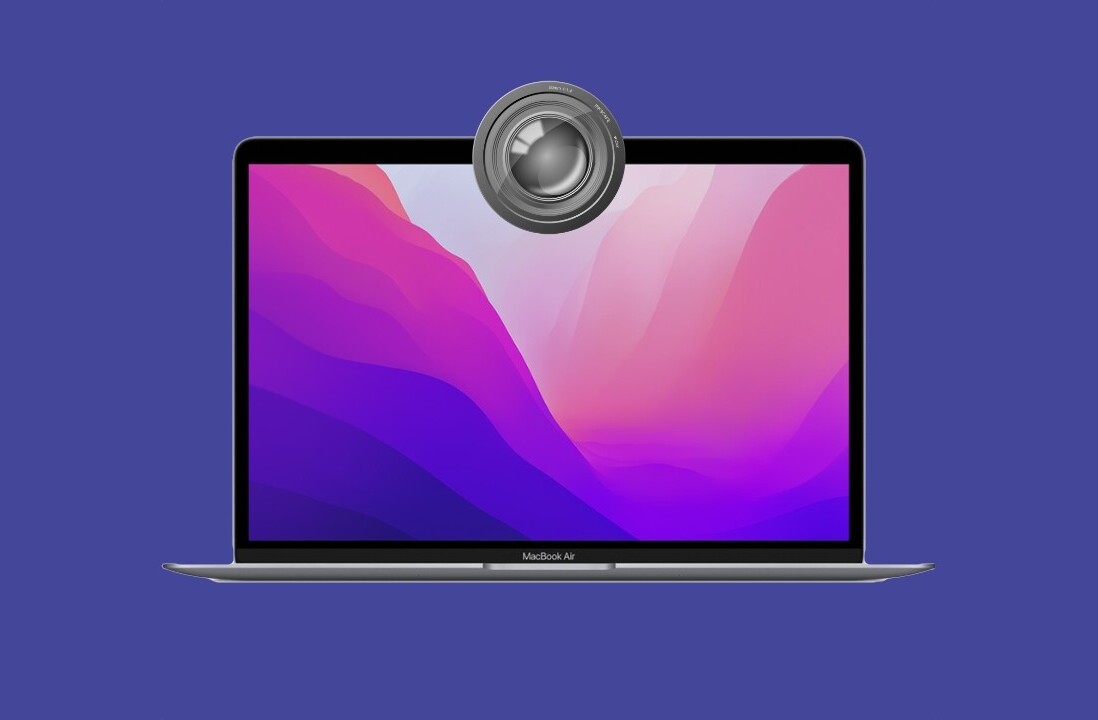
 Gawker is getting a makeover. We wrote about it weeks ago. Today, Nick Denton is positioning his new design as the driving force of a blogging revolution, writing that it “represents some convergence of blog, magazine and television.”
Gawker is getting a makeover. We wrote about it weeks ago. Today, Nick Denton is positioning his new design as the driving force of a blogging revolution, writing that it “represents some convergence of blog, magazine and television.”
Gawker’s new beta version is up and running. They’ve shifted the blog scroll from the center of the page to the right to make room for a splash page, and its latest stories now only displays headlines. From there, Denton writes that every inside page will follow in the same format. “No matter whether the visitor keys in the site address or arrives from the side by a link on Facebook or elsewhere, he or she will be greeted not just by a story but by an index of other recent items.”
Reasons Behind The Redesign
Scoops. After feeling the TMZ burn, when the celebrity site eclipsed Gawker’s Defamer, Denton writes that the new blog format’s “visually appealing ‘splash’ story” will better service their top stories. His description of its visual effect doesn’t convince me of its “revolutionary power” after seeing Tron movie star Jeff Bridges flash in and out of Richard Branson’s new iPad magazine cover today. But what is rather smart about his decision to highlight one splash story is that he will leave the story up as long as it’s generating interest, such as the early shots of the iPhone 4 that brought Gizmodo millions of page views. This gives the splash story the visual (and monetary) impact of a magazine cover.
Aggregation. Social networks both help and hurt news sites. They generate an audience but they also detract from readership because sites like Facebook and Twitter provide each user with a personalized river of news, curated by the user’s social network. In addition, on a blog, the more short stories Gawker runs, the more rapidly other potentially high value stories get pushed off the page, which is exhausting for both writer and reader. To compete, Gawker will break down stories into two different classes within two editorial teams- the curator or editor and the producer or scoopmonger, but Denton doesn’t elaborate on these breakdowns much more than that. We imagine that means editors will be able to curate content, separating the strongest or “breakout” stories and giving those more home page love.
A rounded personality? Read: re-branding. A certain agency executive recently told Denton that Gawker Media‘s greatest weakness was that they were seen as being of the “gutter.” He writes, “That’s the price one pays for publishing the stories that others won’t touch, for embracing the sensational.” Again, he points to the site’s splash page, saying that it will provide the opportunity to display Gawker’s full editorial spectrum. So basically, he is using the splash page to demonstrate that Gawker possesses intelligence and isn’t just “Gutter journalism.”
A Focus on Web Video. Denton is focusing on video content both for editorial and advertising. With increasing Internet speeds, smartphones and DSLR cameras, webvideo is ubiquitous. Gawker’s new layout will be built around imagery: a video, a gallery, a striking image or, if the words are strong enough, a text graphic. The visual slot will be 64% larger than the current design. Gawker will run a 15-second video commercial between two editorial items, much like a commercial on TV. The editorial decision for video space is an obvious and much needed upgrade, while copping a lesson from TV is hardly revolutionary.
Changes for Advertisers. Denton is doing away with the week-by-week calendar, which required foresight and was horribly outdated for an online atmosphere. Instead he is moving towards front-page “roadblocks,” a combination of custom ad units, sold as an exclusive for the day, which allow for more precise scheduling. The new editorial calendar will include scheduled events such as CES and holiday shopping, scheduled programming such as Lifehacker’s personal finance hour, but it will allow for more spontaneity, while still keeping advertisers happy. Gawker Media will avoid commodity ad networks and overcrowding a site with ads because it cheapens the site and devalues the brand. Instead they will focus on bringing in sponsors and creating more robust advertising packages. Again, borrowing from TV’s advertising model is not exactly forward thinking.
The new template may represent the most significant change in Gawker’s model since its launch in 2002, but that fact merely points out that maybe it was long, long overdue for a redesign. After all, nine years ago I was wearing flared jeans and baby tees; I’ve since given myself more than one necessary makeover.
 Gawker’s redesign is primarily based on a new flashy, splash page that Denton hopes will help the site shake its snarky, “gutter journalism” image. It’s smart, but also necessary. It’s innovative if you believe that highlighting your site’s best stories is a new idea. Bottom line, Gawker’s redesign is more required than revolutionary.
Gawker’s redesign is primarily based on a new flashy, splash page that Denton hopes will help the site shake its snarky, “gutter journalism” image. It’s smart, but also necessary. It’s innovative if you believe that highlighting your site’s best stories is a new idea. Bottom line, Gawker’s redesign is more required than revolutionary.
Get the TNW newsletter
Get the most important tech news in your inbox each week.




